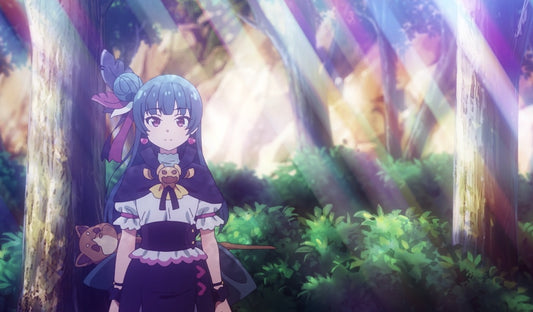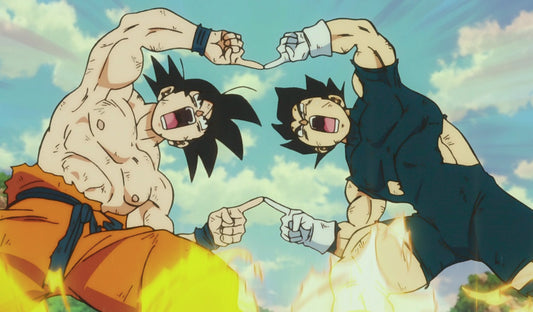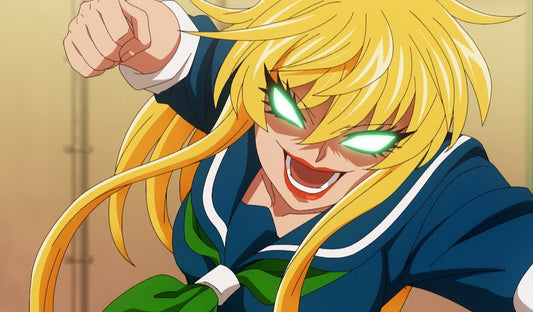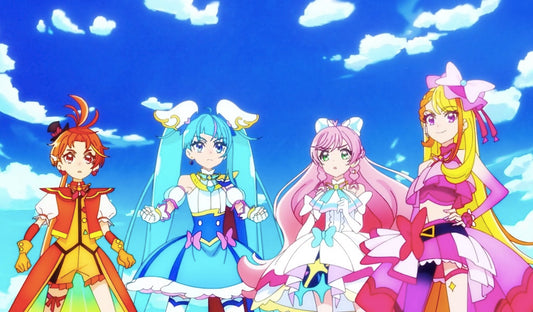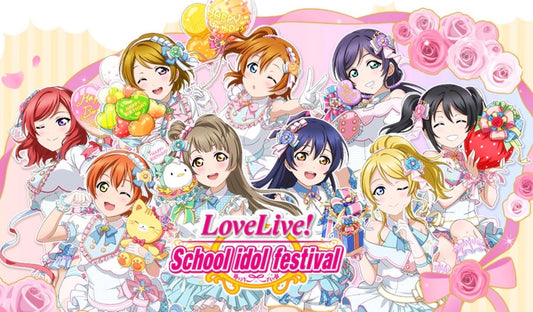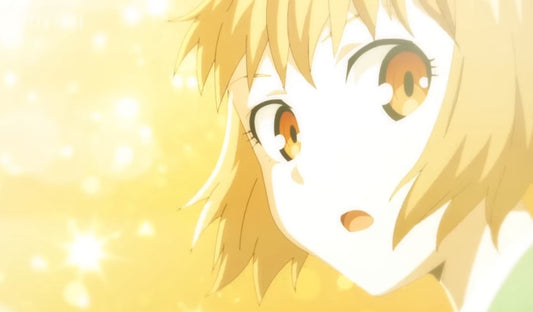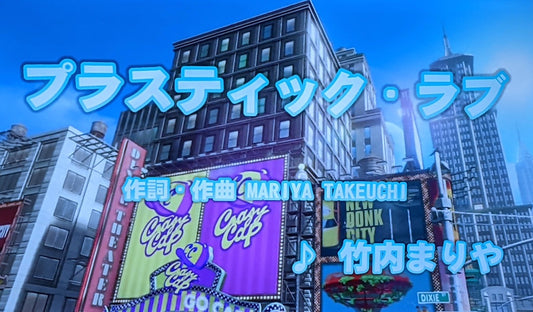What Does the End of Demon Slayer: Kimetsu no Yaiba Mean for Its Anime?
Carl LiShare
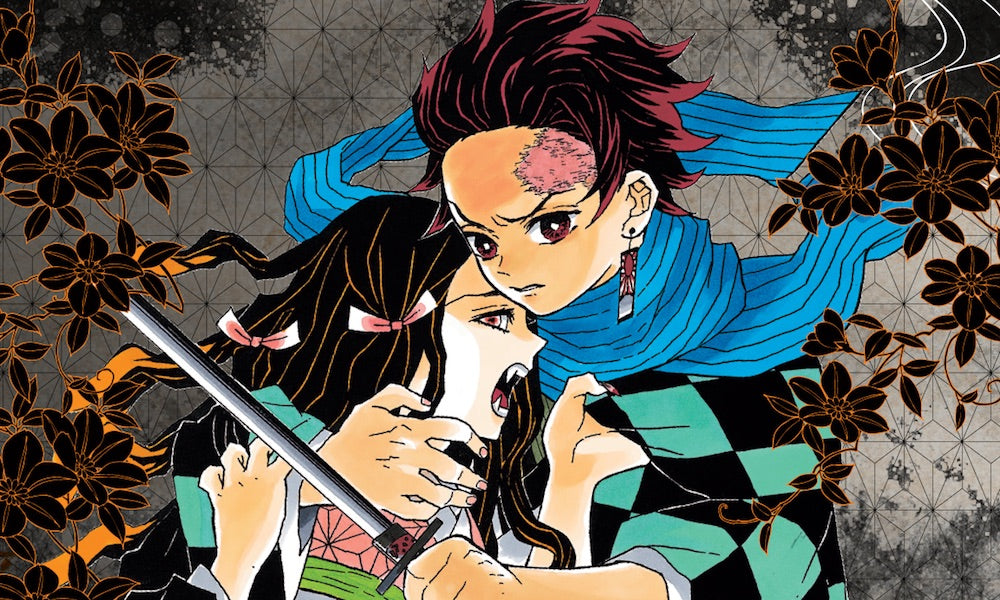

After four years and 205 chapters, Koyoharu Gotouge’s manga Demon Slayer: Kimetsu no Yaiba has reached its finale. Although there’s nothing inherently strange about a series finishing after a pretty lengthy run, Demon Slayer is precisely the type of series that seemed poised to keep going forever. It was a popular series running in the most famous of all manga magazines, Weekly Shonen Jump. It’s a battle manga, the bread and butter of shounen storytelling, and boasts compelling action, story, and characters that can keep an audience’s attention. It even received a successful and critically acclaimed anime adaptation in 2019 by Ufotable, winning awards in Japan and abroad. All signs pointed to it being another long-haul megahit, yet here we are.
Overview
Demon Slayer follows the story of Kamado Tanjiro, a boy who returns home only to discover that his family has been slaughtered by demons. The only other survivor is his sister Nezuko, who has been transformed into a terrifying demon herself. However, their good hearts and their tight bond as siblings allow them to overcome further tragedy, and the two go out into the world to find a cure for Nezuko, and to defeat the foul villain who killed their family. The portrayal of Tanjiro and Nezuko as equals is one of the highlights of the series.
Did Demon Slayer Leave on a High Note?
I think what I find most intriguing about Demon Slayer’s situation is that it’s rare for such a big series to get its first anime adaptation and then end less than a year later, especially when the anime barely scratched the surface of the full story. Certainly, there have been cases of manga intentionally getting anime once the source material is nearing its end so that both could finish off in quick succession. It’s even fairly common among the shows of the Japanese late-night “noitaminA” block, such as Honey & Clover II and Erased. However, that’s very different from Demon Slayer riding off into the sunset right as it’s ascending in the public eye. It seems so sudden, and it’s hard to tell if Demon Slayer even reached the peak of its potential.
All Taste, No Filler
What this means is that unlike so many shounen anime over the decades, there is absolute zero need for filler or prolonged delays. Many similar series, starting with the baseball-genre classic Star of the Giants, have been in danger of running out of material to adapt along the way, necessitating tricks to try and avoid out-pacing the original. These include creating “anime-original” content, taking longer to come out with subsequent seasons, or slowing the pace down by dragging out existing story arcs. When it comes to Demon Slayer, there’s no incentive to put in a filler antagonist like Dragon Ball Z’s Garlic Jr. or to inundate a show with low-stakes original content, like with Naruto and Naruto Shippuden.
Because of this, we could very well end up with one of the sleekest products in shounen anime history. The animation quality of the first TV series has been praised up and down, and if Ufotable can manage to keep that level of quality thanks to knowing the full story well in advance (and devoting enough time and planning to keeping it consistent), then the anime might have a real shot at surpassing its peers in terms of overall polish across an entire adaptation.
The Hope for a Perfect Adaptation
Accomplishing such a feat is arguably more difficult than ever thanks to COVID-19 impacting anime production. The upcoming Demon Slayer: Infinity Train film has already been postponed to later in 2020, and there’s always the possibility that the pandemic was a factor in the manga’s conclusion, though nothing is known about that possibility at this time. Here’s to hoping that Demon Slayer fans get the star treatment for their beloved series, and that everyone, fans and creators alike, can look back on with pride.
Image source: VIZ
